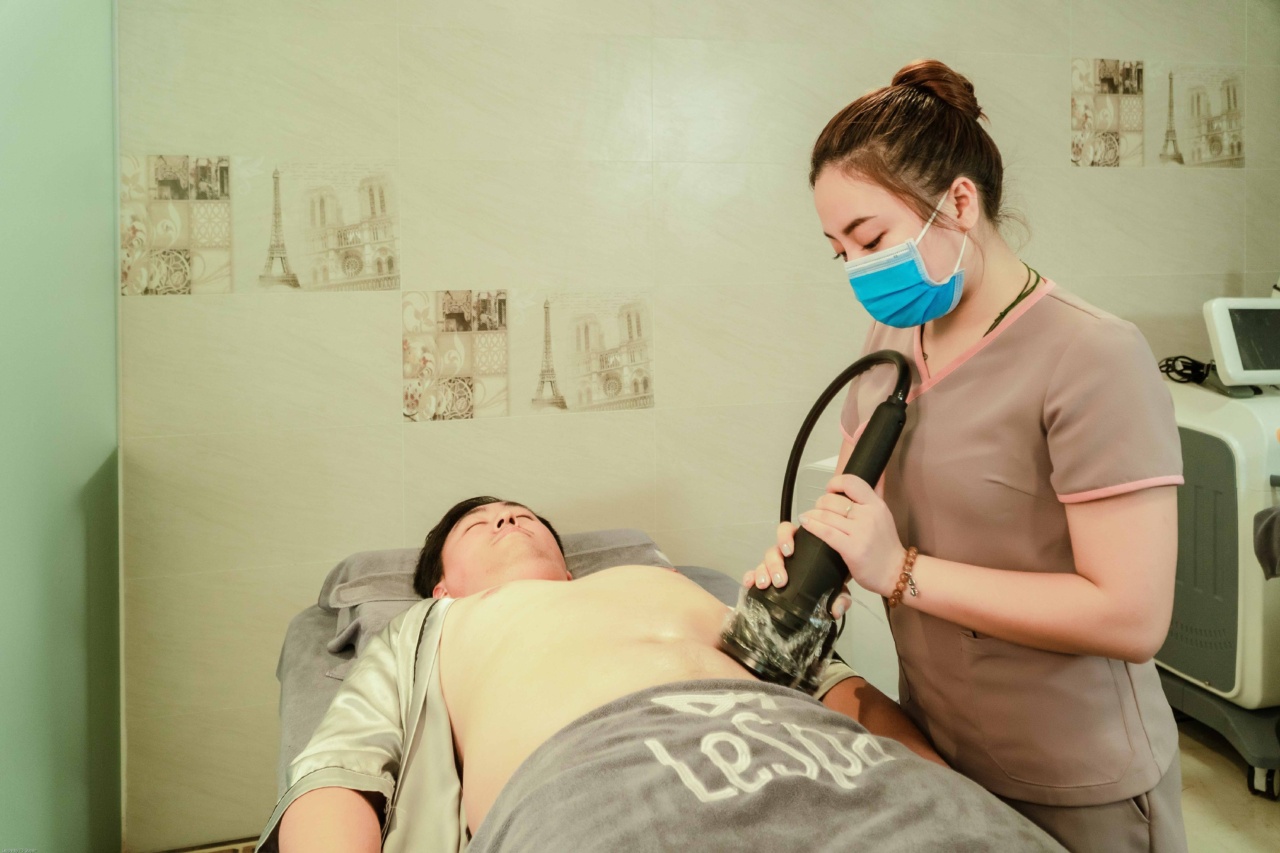Endometriosis and Premenstrual Syndrome (PMS) are two common gynecological conditions that affect many women worldwide.
While they share some similarities, it is important to distinguish between the two in order to provide appropriate treatment and support. This article aims to shed light on both conditions, their respective symptoms, and available treatments.
Understanding Endometriosis
Endometriosis is a chronic condition where the tissue lining the uterus, called the endometrium, grows outside the uterus. This misplaced tissue can be found on the ovaries, fallopian tubes, bladder, and other pelvic organs.
Endometriosis affects an estimated 10% of women during their reproductive years and can cause various symptoms.
Symptoms of Endometriosis
Endometriosis symptoms can vary from woman to woman. Some common symptoms include:.
- Severe pelvic pain
- Excessive menstrual cramps
- Heavy or irregular periods
- Pain during intercourse
- Painful bowel movements
- Infertility or difficulty getting pregnant
If you experience any of these symptoms, it is important to consult with a healthcare professional for an accurate diagnosis.
Diagnosing Endometriosis
Diagnosing endometriosis can be challenging as its symptoms overlap with other conditions. Your healthcare provider may perform a physical exam, review your medical history, and order additional tests such as:.
- Ultrasound
- Magnetic Resonance Imaging (MRI)
- Laparoscopy
Laparoscopy is the most definitive method of diagnosing endometriosis. It involves inserting a small camera through a small incision in the abdomen to directly visualize and confirm the presence of endometrial tissue outside the uterus.
Available Treatments for Endometriosis
While there is no cure for endometriosis, various treatment options can help manage the symptoms and improve quality of life. Some common treatments include:.
- Pain medication: Over-the-counter pain relievers or prescription medication may help alleviate pain and cramping.
- Hormonal therapy: Birth control pills, hormonal patches, or other hormone-based therapies can help regulate hormonal fluctuations and reduce symptoms.
- Conservative surgery: Laparoscopic surgery can be performed to remove endometrial implants and scar tissue, providing temporary relief.
- Hysterectomy: In severe cases, where other treatments have failed, removal of the uterus and ovaries may be considered.
It is essential to discuss these treatment options with your healthcare provider to determine the best approach for your individual circumstances.
Understanding Premenstrual Syndrome (PMS)
Premenstrual Syndrome, commonly referred to as PMS, is a combination of emotional, physical, and behavioral symptoms that occur in relation to the menstrual cycle.
PMS typically starts a week or two before menstruation begins and ends soon after menstruation begins.
Symptoms of PMS
PMS symptoms can vary in severity and may include:.
- Irritability and mood swings
- Depression or anxiety
- Bloating
- Tender breasts
- Headaches
- Food cravings or increased appetite
These symptoms are usually mild and do not significantly interfere with daily activities. However, in some cases, they can be severe and affect a woman’s quality of life.
Managing PMS
Most PMS symptoms can be managed through simple lifestyle changes and self-care measures. Here are some strategies that may help:.
- Exercise regularly
- Eat a balanced diet
- Reduce stress through relaxation techniques
- Get plenty of sleep
- Avoid caffeine and alcohol
If lifestyle changes alone are not sufficient, medications such as pain relievers or low-dose antidepressants may be recommended to alleviate specific symptoms.
Conclusion
Endometriosis and Premenstrual Syndrome are two distinct gynecological conditions with different symptoms and treatment approaches.
If you suspect you may be experiencing either of these conditions, it is important to seek medical advice for an accurate diagnosis and appropriate treatment plan. With the right management strategies, both conditions can be effectively addressed, allowing women to lead fulfilling and comfortable lives.




























